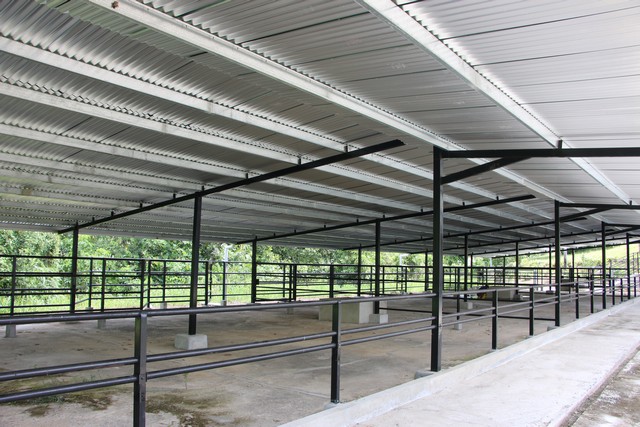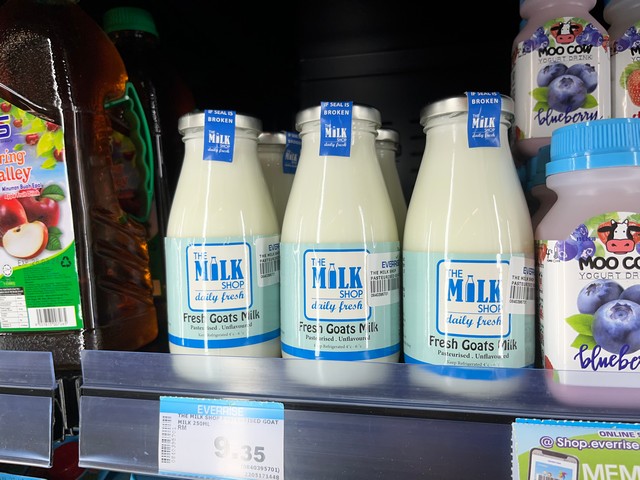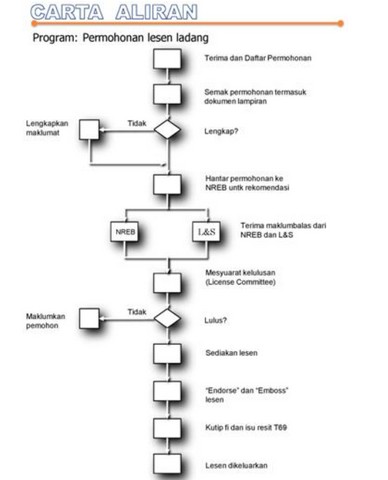The livestock industry is a major contribution of the global food system and a contributor to poverty reduction, job and food security and agricultural development.
However, despite its importance and growing demands, the livestock industry is still very low in Sarawak.
“The production of livestock ruminant in Sarawak is still very low. As for now, it is mostly for self-consumption,” said Assistant Veterinary Officer of Sri Aman (Head of Divisional Office) Glenice Bulan Ayuu during an interview with RAKAN Sarawak.

Ruminant refers to animals such as cattle, sheep, goats and buffalo that has more than one stomach and that swallow food and then brings it back up again to continue chewing it.
Livestock schemes under Department of Veterinary Services Sarawak for farmers are:
- Small Ruminant Pawah Programme (SRPP)
- Sales of Livestock (SOL)
- Cattle Pawah Programme (CPP)
- Buffalo Entreprenuer Programme (BEP)
- Livestock Commercial Development Programme (LCDP)
(Source: Service Sarawak)
The applicant is required to provide the following supporting documents:
- A copy of applicant’s identity card or passport number
- Sarawak ID account
- Copy of Land Title
- Copy of MyGap Certificates
- Copy of Licenses, Contract or Agreement
(Source: Service Sarawak)
In 2022, it was reported that Sarawak is self-sufficient in poultry with a 100 per cent self-sufficiency level (SSL) for eggs, 95 per cent SSL for poultry broilers (chickens raised for meat production), 12 per cent for beef and 5.5 per cent for mutton.
At the end of 2022, Datuk Sri Dr Stephen Rundi Utom who is the Minister for Food Industry, Commodity and Regional Development was quoted saying, there are 311 licensed poultry farms in Sarawak.
In Sri Aman, Glenice said that there are currently about 20 livestock farmers in Sri Aman. She lamented that the reason why most people are not keen on livestock farming is because it is difficult to maintain the health of the livestock as most are imported from overseas and are having difficulties adjusting to the local feed.

In Sri Aman alone, the production of livestock is not enough to be distributed outside of the area and has high demands only during certain events such as Hari Raya Korban.
“But, the number of livestock farmers here is steadily increasing every year since 2020,” said Glenice.
She added that, the veterinary department frequently organised workshops and courses on how to properly managed their livestock such as how providing proper care for livestock after giving birth and proper farm management.
On conducting proper management, the veterinary department always encouraged local farmers to apply for license.
According to Glenice, for now, they only issued license for poultry broiler production as it compulsory for farmers to apply when their chicken livestock reaches a certain number.

“For chicken, duck and quail livestock, farmers will need to apply for license when the number reaches to 1000 and above while the numbers for pigs and goats are 100 and above,”
“However, for now, most of the farmers here have not reached that number yet. But in the future, I would encourage the local farmers to apply for license from the Veterinary Department once they reached to that number,” she said.
The importance of obtaining the license includes the purpose for commercialization, import and export, inspection, and supervision services from the veterinary department and many more.
Glenice added that the license must be approved by the Natural Resources and Environment Board Sarawak (NREB) and must be renewed annually.




While Sarawak’s existing livestock industry is relatively small, the State has great potential especially for both for smallholders in rural communities to produce livestock and its products for export.
To increase the production on livestock, the Sarawak government is focusing on increasing the involvement of private sector in the ruminant livestock industry.
This is because privatisation of the government livestock stations is expected to drive self-sufficiency rates, especially in the ruminant sector led by the experienced private sector.


The signing of the licence agreement marks a new milestone in the commercial development of the cattle industry in Sarawak towards achieving its 50 per cent self-sufficiency level for beef and cattle population of 150,000 head by 2030.
During a brief trip to Sri Aman, RAKAN Sarawak had the opportunity to visit the Temudok Agriculture Station.
It is one of the three livestock stations that has been privatized, with the other two Karabungan Station in Miri (cattle production) and Maragang Cattle Station in Lawas (buffalo production).
With a size of 122 acres, the Temudok Station is leased to a local farmer and entrepreneur Brangka Munan.
Before Temudok, Brangka has a farm in Kampung Quop, 10th Mile with 110 goats.
And as the number of goats began to increase, he approached the agriculture ministry which was then in the middle of privatisation of agricultural stations and he was advised to come up with a proposal for the Temudok Station.
Now, the Temudok Station houses a total of 357 goats and sheep, in which one of the main breeds in the farm is the Switzerland’s Saanen dairy goat for milk production.
During the time of interview, Brangka is bringing in cattle into the Temudok for trading purposes.
“We are growing grass, clearing land, and building a new track. We have built a cattle house and will be building another one,” said Brangka.
With the purpose of expanding the beef market in Sarawak, Brangka said it is not without its challenges as Sarawak is still heavily dependent on importing livestock and meat from other countries.
“The only market we are re-targeting is the Korban period that require live animal. For the beef market, we will need to look into export and of course a significant volume to make it viable,” said Brangka.
In 2020, Sarawak had to had to import 90 percent of the total beef and buffalo meat consumed in the state from Australia and India as well as another 85 percent of mutton and lamb meat from Australia.

The population of cattle and buffalo in Sarawak is estimated at about 17,000 and 7,300 heads respectively while the population of goats and sheep is 14,000 heads.
Under the post-COVID-19 Development Strategy 2030 (PCDS 2030), Sarawak is projected to increase its ruminant production to 50 per cent self-sufficiency rate in 2050.
To achieve this, around 60,000 heads of beef cattle and 20,000 heads of buffalo and 215,000 heads of sheep and goats are required to achieve this target.
Focusing on live sale on cattle, Brangka added he hope to develop a small butcher market where they can supply fresh beef instead of selling frozen meat to consumers.
With an experience of dairy cow farming for 23 years in New Zealand, Brangka came back to Sarawak to start something similar since 2014 under the Cattle Pawah Programme (CPP).

“New Zealand is an established and developed agriculture economy. There, the only thing the farmers need to do is to focus on farming and they are supported by various groups such as research and development and financial services,”
“They will sell their products to cooperatives, so they do not need to do the marketing themselves,” said Brangka when asked about difference between the farming experience in New Zealand and Sarawak.
“The major difference here is I have to do the farming and the marketing. The ecosystem here is not very strong. So, we are trying it build it but it is very challenging,” he added.





